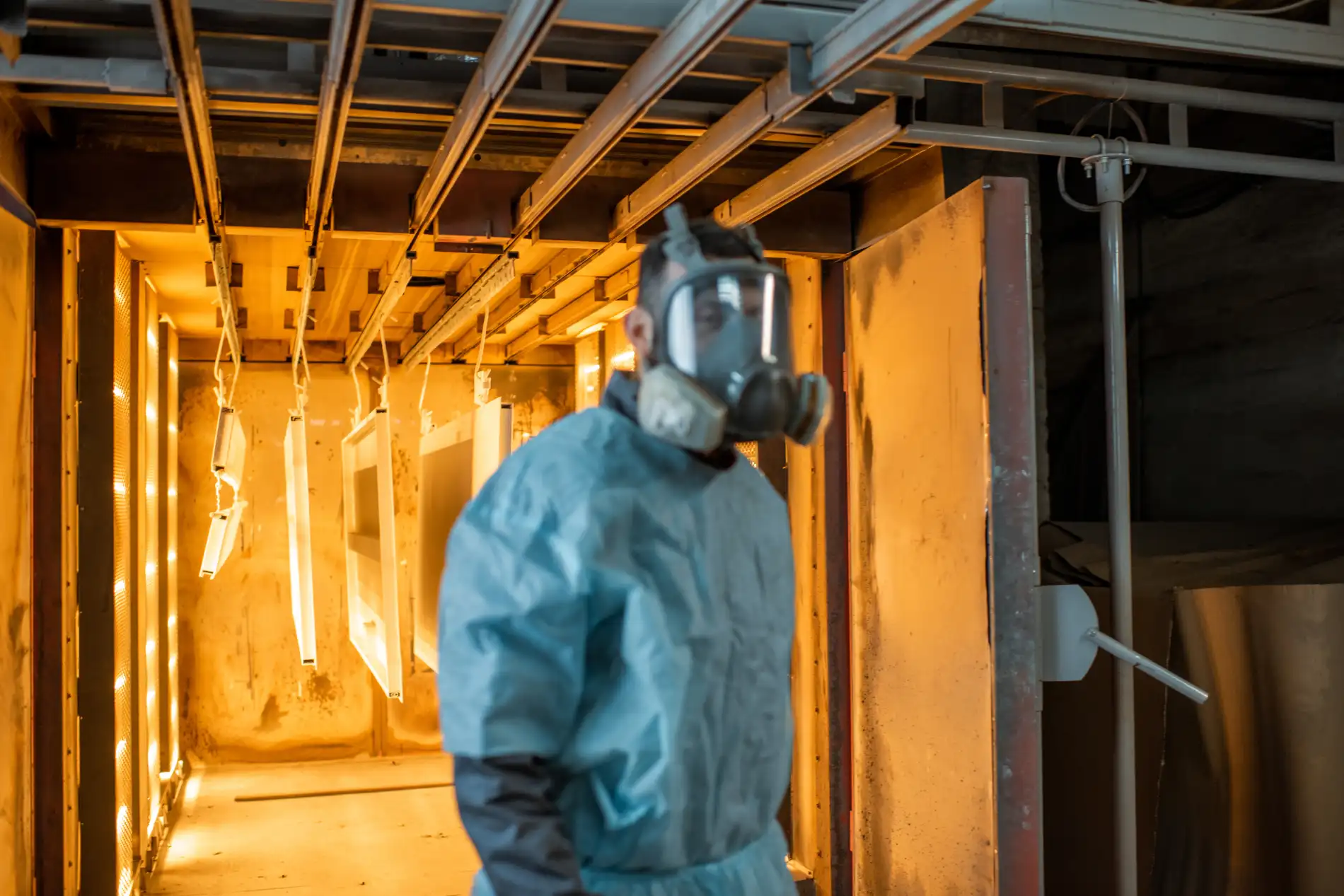
When does an arc flash occur?
An arc flash happens when electric current flows through the air instead of following its intended path.
What are the consequences of an arc flash?
The consequences of an arc flash include extremely high temperatures that can lead to severe burns, blinding light, and explosions that may cause hearing damage and potentially fatal injuries. Arc flash incidents occur daily in workplaces across the United States.
Ensuring the safety of your employees and contractors from arc flash hazards should always be a top priority. This involves providing employees with the proper personal protective equipment (PPE) at all times and adhering to OSHA regulations. There is an urgent need to conduct arc flash and shock risk assessments, as recent changes to NFPA 70E mandate that these assessments be completed before anyone is exposed to electrical hazards. The risk of an arc flash explosion at your facility is significant, especially given the increasing power demands and aging electrical infrastructure in the U.S. The Electrical Power Research Institute (EPRI) estimates that the direct and indirect costs of a fatal electrical accident can reach millions of dollars for an employer.
What are the requirements for Arc Flash Hazard Analysis & Assessment?
Navigating the requirements, conditions, and exceptions arising from arc flash assessments necessitates a thorough understanding of the updated standards. Specifically, NFPA 70E Section 130.4 mandates that a shock risk assessment be conducted before starting any energized work, while Section 130.5 requires an arc flash risk assessment to:
- Determine if an arc flash hazard exists
- If a hazard is present, identify:
- The appropriate safety-related work practices
- The arc flash boundary
- The correct PPE to be worn



Arc Flash Hazard Consultants
What are the Steps for an Engineered Arc Flash Analysis?
Step 1: Data Collection
Qualified personnel will collect essential data from all relevant electrical equipment. This includes utility information such as available fault current and operating voltage, along with details about the utility’s protective equipment. Additionally, specifics for each protective device, including manufacturer, model, time/current settings, and short-circuit interrupting ratings, will be gathered. Transformer impedance, tap settings, and conductor details, including lengths and types, will also be documented.
Step 2: Power System Modeling
One-line diagrams will be created or updated to accurately represent the current configuration and operational modes of the power system. These diagrams are crucial for identifying power sources, voltage levels, electrical equipment, and protective devices. If existing one-line diagrams are available, we will update them with the latest data. ArcFlash Guru utilizes SKM Power Tools for Windows for effective system modeling and analysis.
Step 3: Short Circuit Study
A short circuit study will be conducted to assess the current magnitude flowing through the power system at critical points after a fault occurs. This analysis will determine the bolted fault current, which is vital for calculating incident energy and the interrupting ratings of equipment. By comparing equipment ratings with calculated short circuit conditions, we can identify any underrated equipment, following ANSI Std. C37 and IEEE Std. 141-1993 guidelines.
Step 4: Protective Device Coordination
Protective device coordination will ensure the selection and arrangement of devices minimize over-current impacts. The results will guide recommendations for mitigating arc flash hazards and enhancing safety. While optional, this study is essential for effective arc flash mitigation and will be conducted in accordance with IEEE Std. 242-2001 (Buff Book) to ensure compliance and best practices.
Step 5: Arc Flash Calculations
Arc flash calculations will be based on available short circuit current, protective device clearing time, and distance from the arc. We will calculate incident energy levels and flash protection boundaries for all relevant equipment busses. The severity of arc hazards will be assessed using methods from NFPA 70E, IEEE 1584, or NESC Tables 410-1 and 410-2, as applicable to the situation.
Step 6: Reporting
After completing the calculations, we will prepare your Arc Flash Hazard Analysis Report, which will be provided for a review period. During this time, your team can evaluate the mitigation recommendations. We can also hold a Management Summary meeting to discuss the report findings. Upon approval, a final report and full-sized one-line diagrams, stamped by our Registered P.E., will be delivered in digital format.
Step 7: Label Installation
We will create and install arc flash hazard warning labels that indicate incident energy, working distance, nominal system voltage, and the arc flash boundary. Our labels will also include Limited, Restricted, and Prohibited approach boundaries, date, upstream protective device, and recommended personal protective equipment. If desired, we can provide bolted fault current information. All labels will comply with NFPA 70E 130.3 standards.
